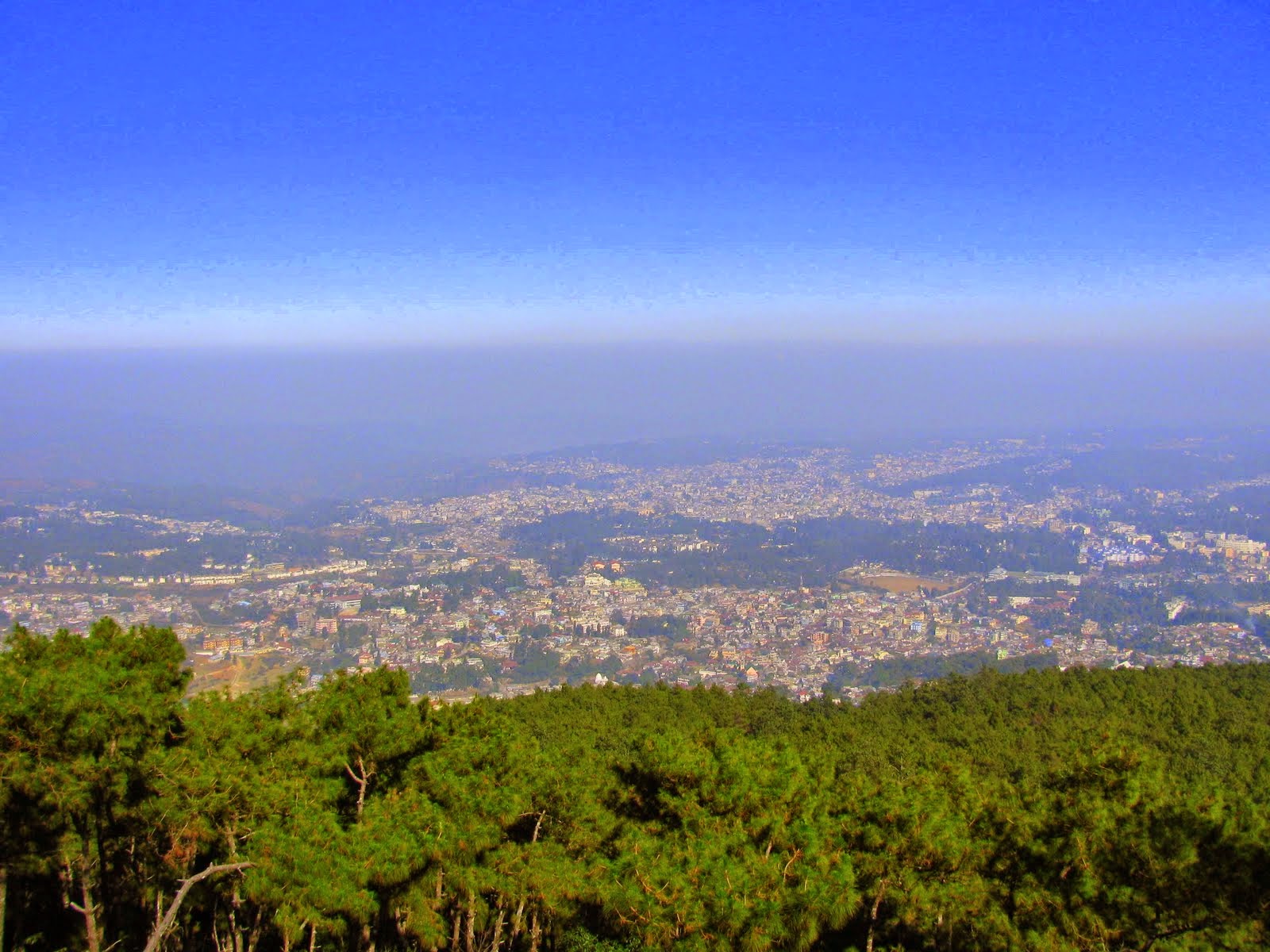Delhi
Also known as the National Capital Territory of India is the capital city of India. It is the largest urban agglomeration in India, by land area and population. Delhi has been continuously inhabited since the 6th century BC. Through most of its history, Delhi has served as a capital of various kingdoms and empires. It has been captured, ransacked and rebuilt several times, particularly during the medieval period, and modern Delhi is a cluster of a number of cities spread across the metropolitan region.
Hill Range:
 |
| Aravalli Range |
- Aravalli Range - It literally means 'line of peaks'. Its a
range of mountains in western India running approximately 800 km in a
northeastern direction across Indian states of Gujarat, Rajasthan, Haryana and
Delhi. It is also called Mewat hills locally.
 |
| Asola-Bhatti Wildlife Sactuary |
- Asola-Bhatti Wildlife Sanctuary – It lies at the far
southern edge of the city of Delhi, at Asola near Tughlaqabad in the Delhi, the
National Capital Territory of India. This protected area contains one of the
last surviving remnants of Delhi Ridge hill range, its semi arid forest habitat
and its dependent wildlife, the northernmost extension of the Aravalli
mountains that begin in the state of Rajasthan. Once this forested ridge area
extended throughout the city of Delhi, but development has all but destroyed
it. The reserve is found at the end of a rutted track that leads through a
dusty unlicensed village
River:
Yamuna – Sometimes referred
 |
Triveni Sangam, Allahabad
(notice the difference in the colours
of the two rivers) |
to as Jamuna, It’s the largest
tributary of the Ganges in the north. The river originates from the Yamunotri
Glacier at a height of 6,387m on the south-western slopes of the Banderpooch
peaks in the uppermost region of the Lower Himalayas in Uttarakhand. Yamuna travels
a total length of 1,376 km (855 mi) and has a drainage system of 366,223 square
km (141,399 sq mi), 40.2% of the entire Ganges Basin, before merging with the
Ganges at
Triveni Sangam, Allahabad.
Lakes:
 Bhalswa Horseshoe Lake
Bhalswa Horseshoe Lake – Also known as Bhalswa Jheel, the lake
is situated in northwest Delhi, India. It was originally shaped like a
horseshoe however over the years half of the horseshoe was used as a landfill
area, and now a low income housing colony. An extension of the nearby town of
Bhalswa Jahangirpur has been built on it, destroying the once excellent wetland
ecosystem and wildlife habitat of the region which once played host to scores
of local and migratory wildlife species, especially water birds including
waterfowl, storks and cranes.
 Sanjay Lake
Sanjay Lake - This is an artificial lake developed by Delhi
Development Authority (DDA) in Trilokpuri in East Delhi., adjoining Mayur Vihar
II residential area. Spread over 170 acres it was developed in the 1970s. The
lake also attracts some migratory birds and has many indigenous trees. A
well-laid-out fitness track is very popular with walking enthusiasts.
 Najafgarh Lake
Najafgarh Lake - Najafgarh Marsh or Najafgarh Jheel used to
be a vast lake in the south west of Delhi near the town of Najafgarh from which
it takes its name. It was connected to the river Yamuna by a natural shallow
null
ah or drain called the Najafgarh nullah. However after the 1960s the Flood
Control Department of Delhi kept widening the Najafgarh drain in the pretext of
saving Delhi from floods and eventually quickly drained the once huge and
ecologically rich Najafgarh lake completely. Rainwater accumulating in the
Najafgarh lake or jheel basin had bee
n recorded to have occ
upied more than 300
square kilometres (120 sq mi) in many years before its unfortunate draining.
 Keetham lake
Keetham lake – It’s a scenic lake just outside Agra on the
Agra - Delhi highway (NH 2). The Keetham lake is also known as the Sur Sarovar.
It is a tranquil spot, ideal for a relaxed outing. A wide variety of fish and
water-birds add to the lake's natural charm and beauty. This scenic lake, is
about 20 KM from Agra and 12 km from Sikandra. It is located within the Sur
Sarovar Bird Sanctuary. Keetham Lake is linked by Railway track at Keetham
Railway Station and was declared as National Bird Sanctuary in 27 March 1991 by
U.P. Forest Department. The riverine belt of River Yamuna surrounds the area of
Sur-Sarovar

Badkhal Lake – This was a natural lake situated in
Faridabad, Haryana, about 32 kilometers from Delhi. It was a natural lake
surrounded by hilly areas of the Aravali Range in Haryana. The lake is a almost
completely dried up grassy terrain with unusually low rainfall. Certain mines
surrounding the lake are also responsible for blockage of flow of water to the
lake's reservoir. Some mineral water companies are responsible as well, for
taking water from the lake for their purposes.

































.jpeg)










